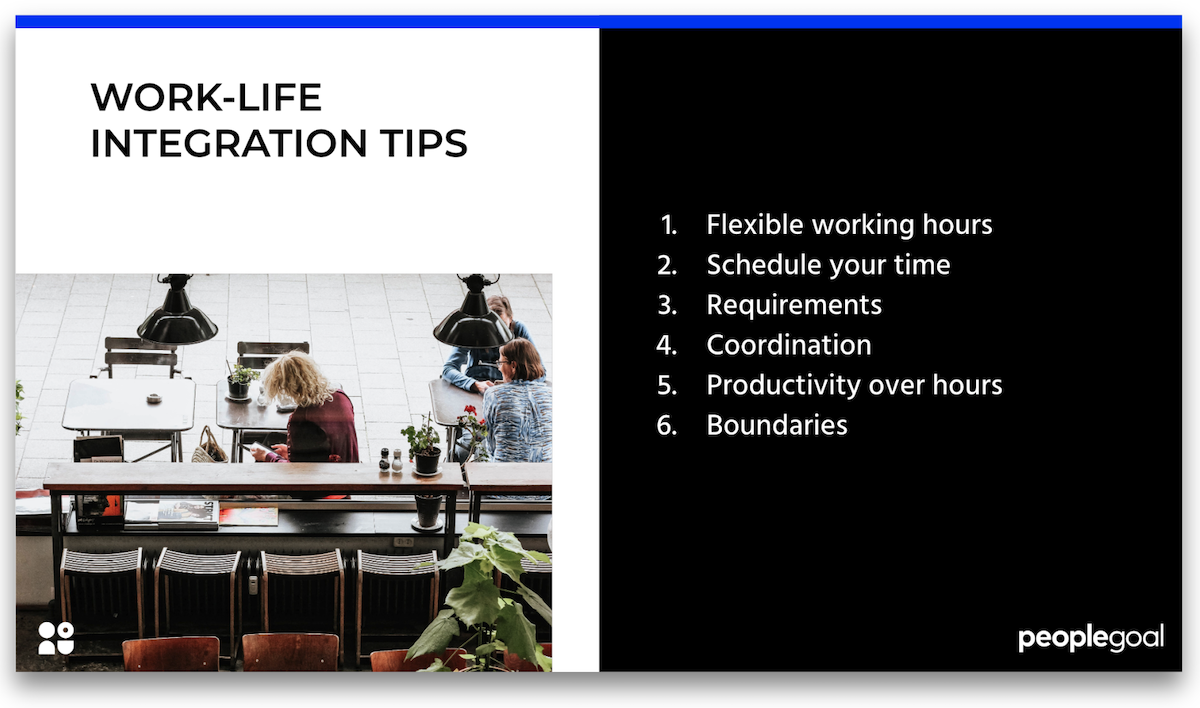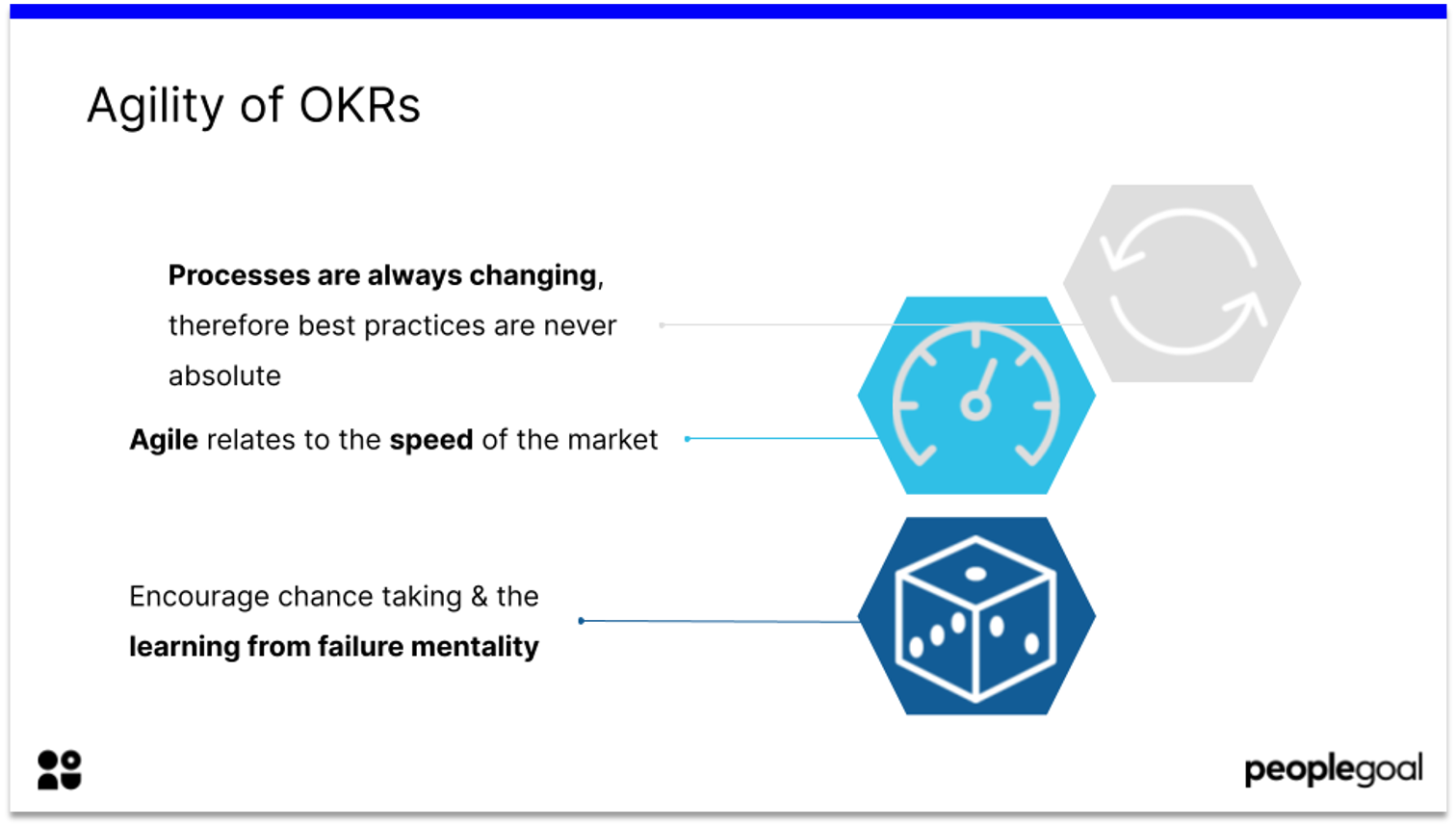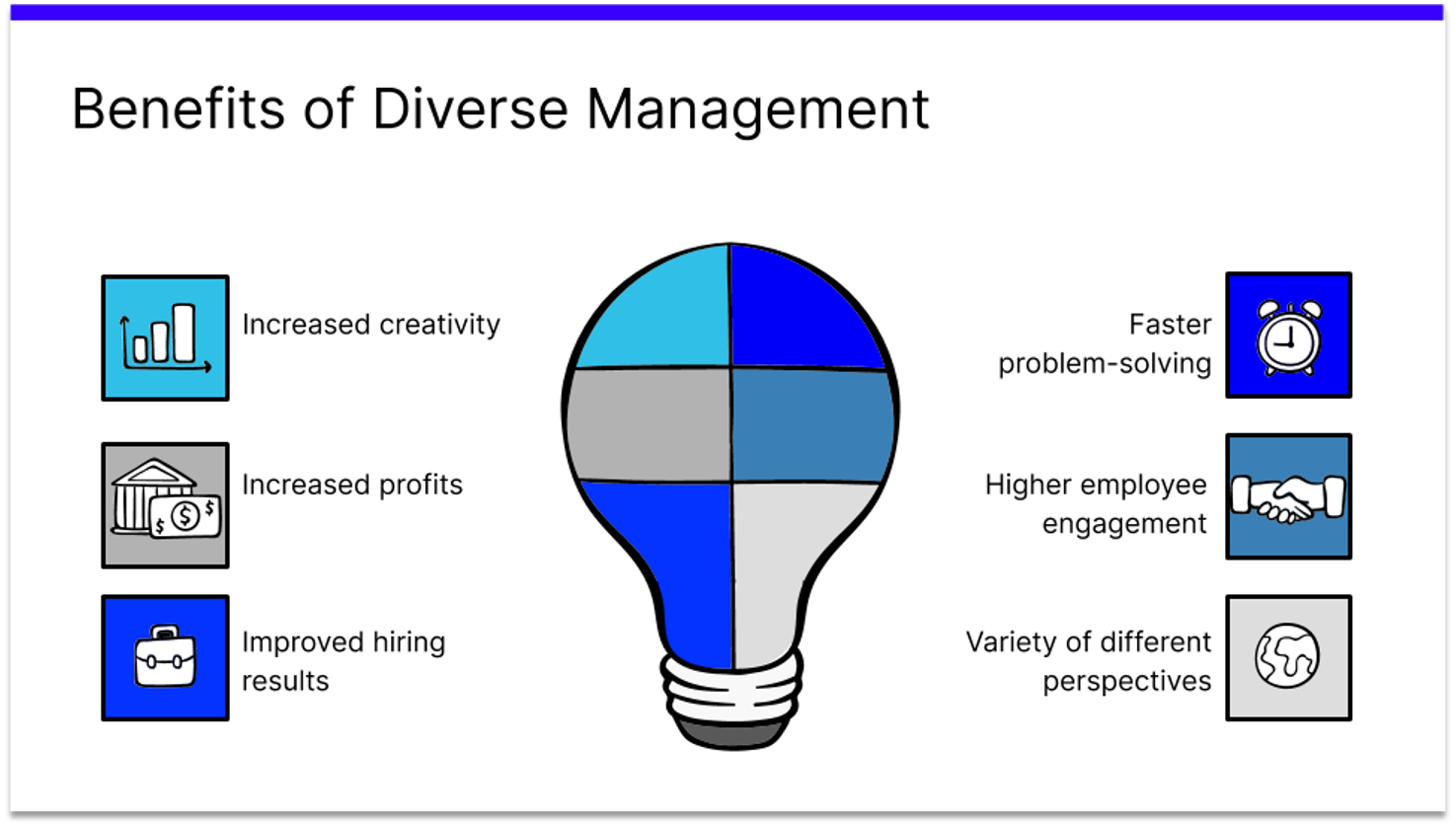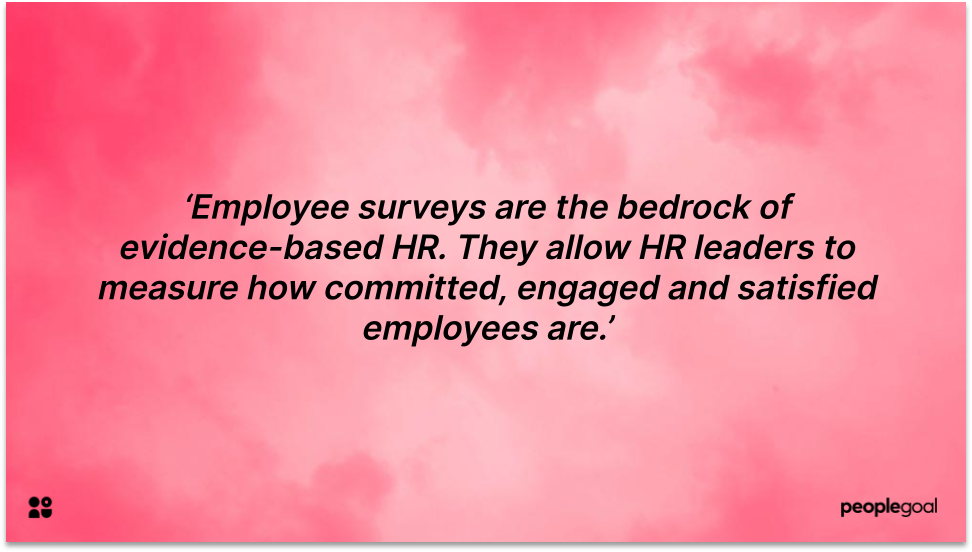When it comes to the employee onboarding process, it is essential to track the progress of each and every new hire. By using a new hire checklist, the human resources department is able to ensure a positive employee experience, from a new hire’s first day at work.
The effectiveness of the onboarding process will determine whether team members become productive employees that celebrate their company culture. The use of an onboarding checklist will reduce the possibility of new hires becoming disengaged and the resultant staff turnover.
Evidently understanding how to write a new hire checklist for new joiners will contribute to developing a team of productive members that will remain with the company long after their initial start date. In the following article, we will explain how you can prepare for long-term success with your new hire onboarding checklist. Moreover, we will address the importance of the new hire checklist and how the onboarding process is so essential for maintaining a strong company culture.
Check out our Free Template for a 90 Day Onboarding Checklist here 👈
What is a New Hire Checklist?
A new hire onboarding checklist is used by managers and HR to confirm that they are completing all of the required steps in a new employee’s onboarding process. It is effective at guiding the new hire through each stage of the process until they become a fully-fledged team member.
These onboarding checklists are also helpful for managers as they can better understand the extent to which an employee has completed their training and other preparations for the role. For example, the new hire checklist could be used as an archive to record the new hire’s paperwork, such as their employment contract or job offer.
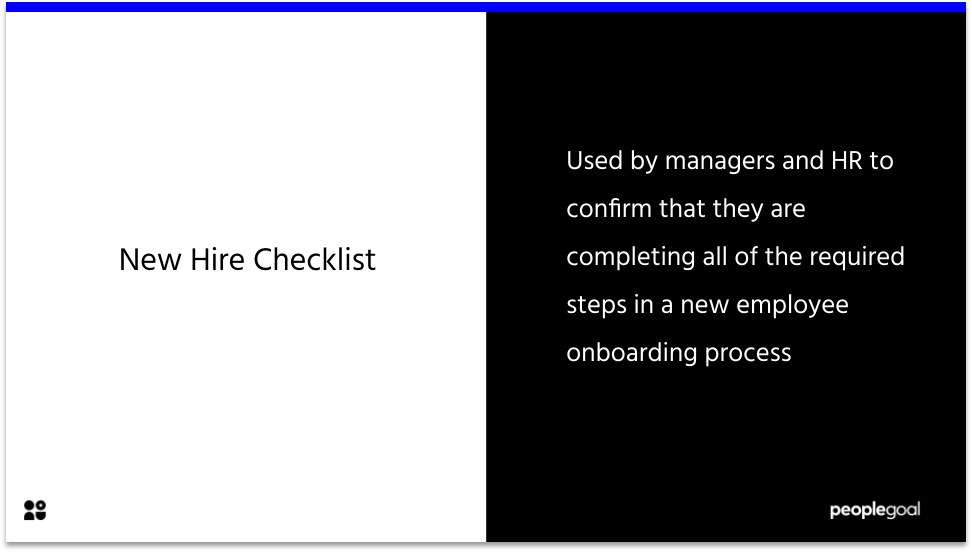
Importantly, the key function of the new hire checklist is to provide a clear journey map of a new hire’s onboarding experience. Whilst it will not illustrate the day-to-day practices of the employee, it will highlight the key points of the onboarding process. Similar to the hiring process, these onboarding checklists will identify key milestones that the new hire must reach over a specific amount of time.
It is the responsibility of any human resources team to create a new hire checklist that presents a clear and navigable approach to completing an employee’s onboarding process. Meanwhile, the new employee’s hiring manager must look to incorporate some personal information to the process in order to better engage the employee.
Reasons to create a New Hire Checklist
- Standardize the onboarding process
- Cost and time-efficient
- Develop productive and engaged employees
- Establish a strong company culture
- Reduce employee turnover
- Easily track the learning and training of new joiners
- More accessible progress monitoring for managers

How to write a New Hire Checklist
1. Plan ahead of the new joiner’s arrival
The key to a great new hire onboarding checklist is to establish a clear journey for the employee. Preparation prior to the new hire’s first day at work will allow the employee to best understand what is to be expected from them in their typical day-to-day tasks.
There is a very strong link between effective onboarding and employee engagement. A study by Glassdoor found that organizations with a strong onboarding process improve new hire retention by 82%, whilst productivity improved by over 70%.

Evidently, it is vital that human resources prepare a new hire checklist in advance of their arrival. This checklist can then also begin from the moment the new joiner accepts their job offer, the checklist can instruct hiring managers on what they must share with the new hire before they start work. For instance, the office dress code and gathering the new hires’ paperwork and benefits packages.
A new hire’s first day should be as smooth and stress-free as possible. This can only be ensured through proper planning.
2. Arrange the activities for day 1 and the first week
As the new hire is settling into their role, it should be the responsibility of their supervisor or line manager to ensure that they are completing all of the necessary steps in their employee onboarding checklist. Adding some personal touches along the way will demonstrate that the new joiner is a valued team member.
In these initial stages of the onboarding process, the new hire should be learning all about the company culture and how they will contribute through their specific role. Assisting the new hire to better understand their role and how to be a productive member of the team will provide them with the necessary information to successfully complete the onboarding process.

On top of learning about their new role, in the first week, the joiner should also have the opportunity to meet the team and establish stronger social relations with their new colleagues. At the end of the first day and at the end of the first week, the new hire’s supervisor should arrange a one-on-one meeting. In these check-ins, the employee and manager can discuss the new hire’s experiences and resolve any queries or concerns.
By the end of the first week, the supervisor should also be able to tick off all of the activities that were scheduled for the new hire onboarding process. Through tracking these activities with an onboarding checklist, the supervisor can be certain that the employee has completed every aspect of the onboarding process.
3. Follow the 30/60/90 day methodology
Typically a new hire should be able to find their feet after the first couple of weeks with a company. Although as they continue to grow into this role, a supervisor should maintain a proactive role in their onboarding process for at least their first 3 months. During these initial 90 days, it is important to continue monitoring the activities of a new hire.
Creating a new hire checklist with set activities for each of the first 3 months will enable any supervisor to confirm that the employee is on track with their onboarding process. At the end of each month, the supervisor should arrange a check-in to provide the new hire with an opportunity to reflect and better understand what they have achieved so far in their onboarding process.
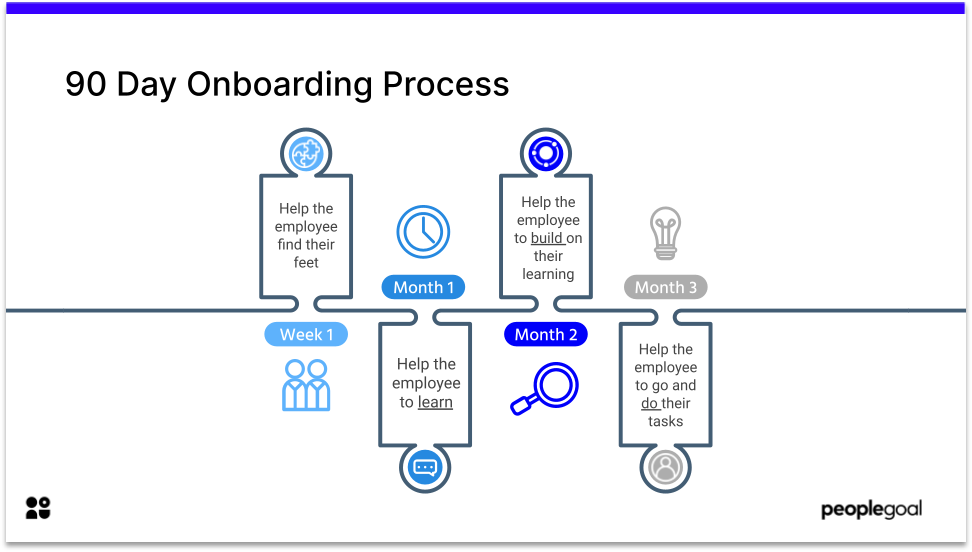
One of the best approaches to this 90-day onboarding process is to create a theme for each month. As seen in the image above, defining the months is particularly useful for the new hire to understand the purpose of each of these stages of onboarding.
Essentially, the power of the new hire checklist is demonstrated through its capacity to effectively guide managers and new joiners through the onboarding process. With a clear tracking system, the progress of a new hire is clear and readily available to managers. At the end of each month, all of the objectives for that stage of the onboarding should be complete and anything that hasn’t can be prioritized at the beginning of the next month.
Just like that, you are ready to go out and create your own new hire checklist! PeopleGoal offers a comprehensive onboarding workspace that includes an onboarding checklist tool. This template is pre-loaded with standard onboarding activities for each specific milestone, however, you can of course configure these activities in accordance with your own company culture or new hire onboarding process.
For more information on making your onboarding process a success, check out another PeopleGoal blog here 👈
The onboarding process is one of the most important aspects of the employee experience, as a result, we strongly recommend that you invest some time into making a strong new hire checklist. Poorly onboarded employees are less engaged in their work, this leads to lower rates of productivity which is fundamentally more costly for the organization. Therefore, it is time and cost-efficient to create the best possible onboarding experience.
Ready to 3x Your Teams' Performance?
Use the best performance management software to align goals, track progress, and boost employee engagement.


